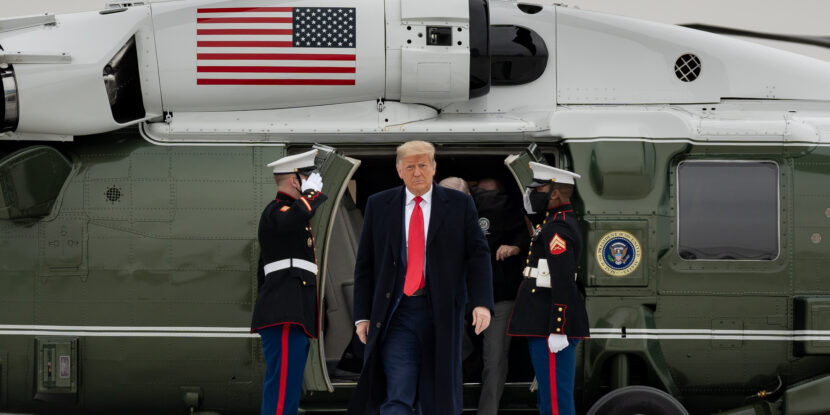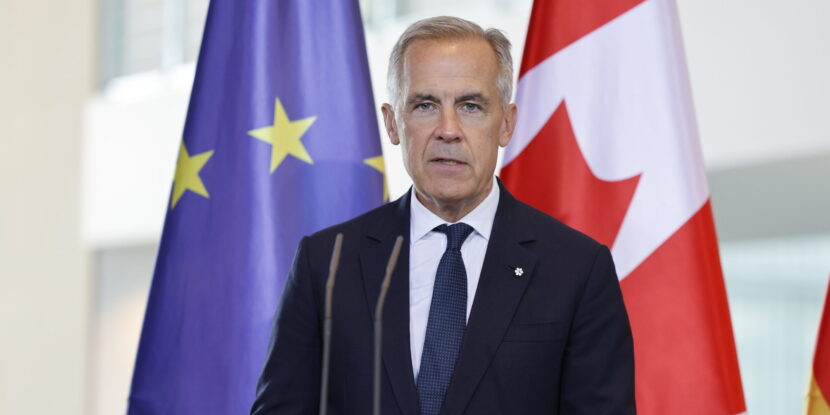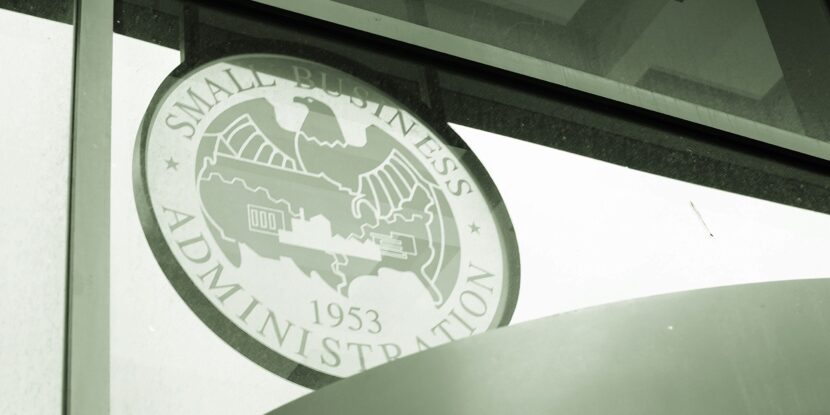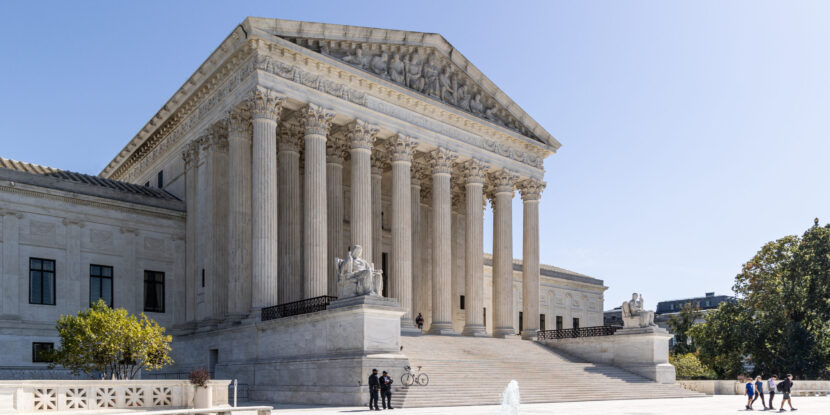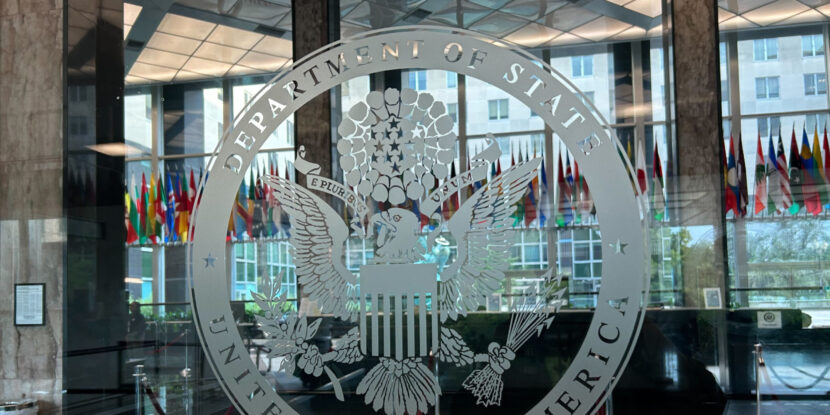President Donald J. Trump will sign an executive order on Tuesday reinstating the “maximum pressure” policy against Iran undertaken during his first term in office. The executive order will impose crippling economic sanctions on the Islamic Republic and any company that engages in business with the Iranian oil industry.
U.S. officials say the renewed sanctions are “aimed at driving Iran’s oil exports to zero” and ending “all paths to a nuclear weapon” for the Islamist regime. Additionally, by crippling Iran’s oil industry, the Trump White House believes it can effectively grind the country’s economy to a halt and prevent it from continuing to fund its numerous terrorist proxies across the Middle East, including Hamas in Gaza, Hezbollah in Lebanon, and the Houthis in Yemen.
In 2018, following President Trump’s decision to withdraw the United States from the Joint Comprehensive Plan of Action (JCPOA or Iran nuclear deal), the America First leader instituted what was dubbed the “maximum pressure” policy, which saw aggressive sanctions enacted against Iran to cripple the country’s oil industry and economy. The National Pulse previously reported that Trump’s comprehensive sanctions cut Iran’s annual GDP in half by 2020 and reduced the country’s crude oil exports to a historic low of just under 500,000 barrels per day.
Consequently, the “maximum pressure” policy effectively ended Iran’s ability to fund its terror proxies. However, the terrorist groups saw a surge of resources after then-President Joe Biden rescinded Trump’s sanctions in February 2021. In just two years, Iran’s oil exports recovered to 1.5 million barrels per day, and its GDP bounced back to $413 billion per year from a low of $240 billion in 2020. The rescinding of Trump’s Iran sanctions likely played a key role in Hamas’s ability to carry out the October 7, 2023, terrorist attacks against Israel.
